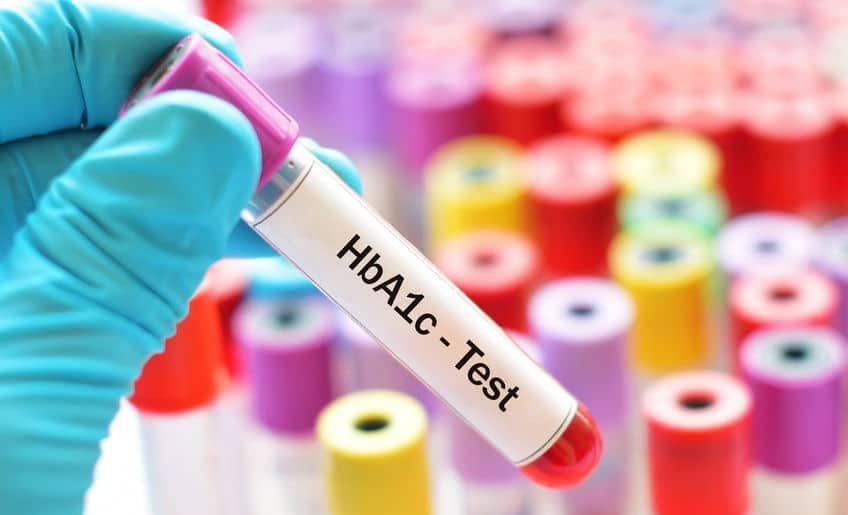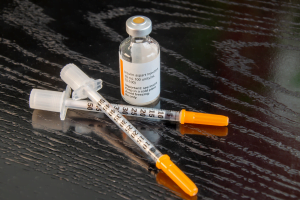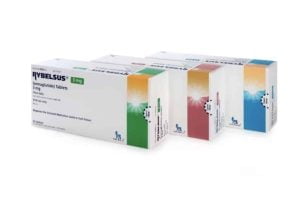What is the A1C test?
The A1C test is a form of blood test used to diagnose type 1 and 2 diabetes. It provides information about the average levels of your blood glucose over the past 2 – 3 months. It comes in different names, such as hemoglobin A1C, HbA1C test, glycosylated hemoglobin, and glycated hemoglobin. Apart from diagnosing diabetes, the A1C test also determines how well an individual manages their blood sugar.
What does this test measure?
When sugar enters the body’s bloodstream, it binds to hemoglobin (a type of protein in red blood cells). The test measures the percentage or rate of hemoglobin in the red blood cells that the sugar has coated. If the amount of glucose is higher in the bloodstream, then more glucose attaches to the hemoglobin.
Levels
Fasting is not required when getting the A1C test. Your healthcare professional will simply perform the test, or sometimes, in combination with other tests to diagnose diabetes.
The results come in the form of a percentage. Here is a better way to explain the A1C levels:
- Normal – Below 5.75%
- Prediabetes – 5.7% to 6.4%
- Diabetes – 6.5% or above
What do these results mean?
- Normal A1C levels are below 5.75%. It means that you do not have diabetes; however, taking preventive measures is a must to inhibit the condition from happening in the future.
- If your A1C levels are between 5.7% to 6.4%, you have prediabetes. This result means that you are at risk of developing type 2 diabetes.
- If your A1C test result is 6.5% or above, you have diabetes. However, your healthcare professional will confirm your diagnosis with another A1C test given on different days. This will likely involve another blood test where fasting is necessary.
If your blood sugar levels exceed the A1C normal range, taking medications is already a requirement. These medications can include oral drugs or insulin shots to manage your blood glucose better.
What to expect during the A1C test?
You can eat and drink before taking the test.
The procedure can be similar to that of a blood glucose meter test. During the test, your healthcare professional will take a blood sample by inserting a needle into your vein. Once the sample is available, it is taken to the laboratory for analysis and check.














